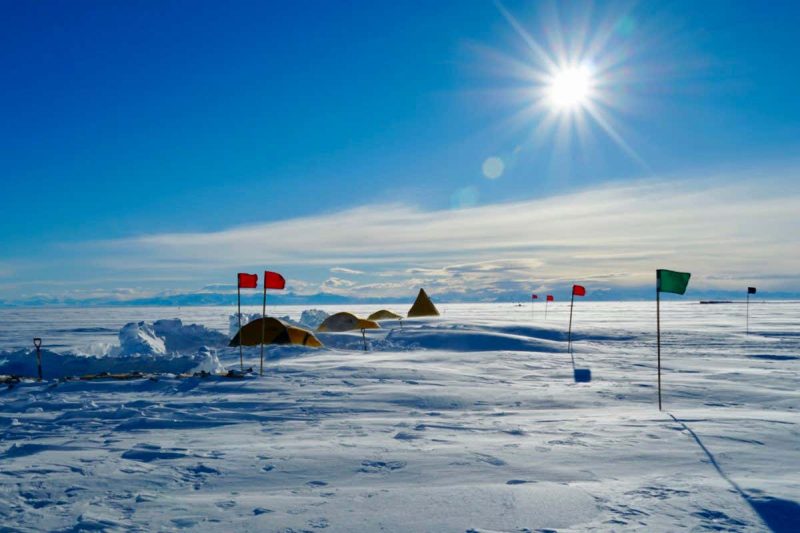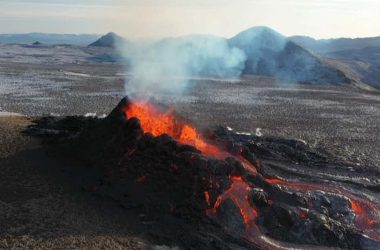Introduction
Antarctica is hiding a significant amount of water beneath its surface. For years, scientists have speculated about the existence of groundwater beneath the ice, and now, conclusive evidence has been found to confirm this suspicion.
The Importance of Ice Streams
Within Antarctica’s ice sheet, there are ice streams that flow towards the ocean. These ice streams play a crucial role in the movement of ice, accounting for 90% of the ice that reaches the margins of Antarctica. Understanding the behavior of ice streams is vital for predicting the impact of climate change on sea levels.
The Concept of Ice Streams and Water
Ice streams can be likened to water slides. If water is present at the base of an ice stream, it can flow rapidly. However, if there is no water, the ice stream’s movement slows down. This understanding led researchers to investigate the presence of water beneath the ice streams in West Antarctica.
Discovering the Aquifer
Using seismic activity and electromagnetic field measurements, scientists discovered a kilometer-thick layer of sediments filled with a mixture of fresh glacier water and ancient seawater beneath the Whillans ice stream. This aquifer contains over ten times more water than the shallower pools previously identified beneath the ice stream.
Importance for Climate Change Predictions
The connection between the deep aquifer and the shallow pools suggests that groundwater plays a role in controlling the flow rate of ice streams. Understanding this process is essential for accurately predicting the impact of climate change on sea levels. Antarctica’s entire ice sheet holds enough water to cause a potential sea level rise of approximately 57 meters.
Conclusion
The discovery of the immense aquifer beneath the Antarctic ice sheet provides valuable insights into the behavior of ice streams and their connection to groundwater. This finding contributes to a better understanding of climate change and its potential impact on sea levels.








